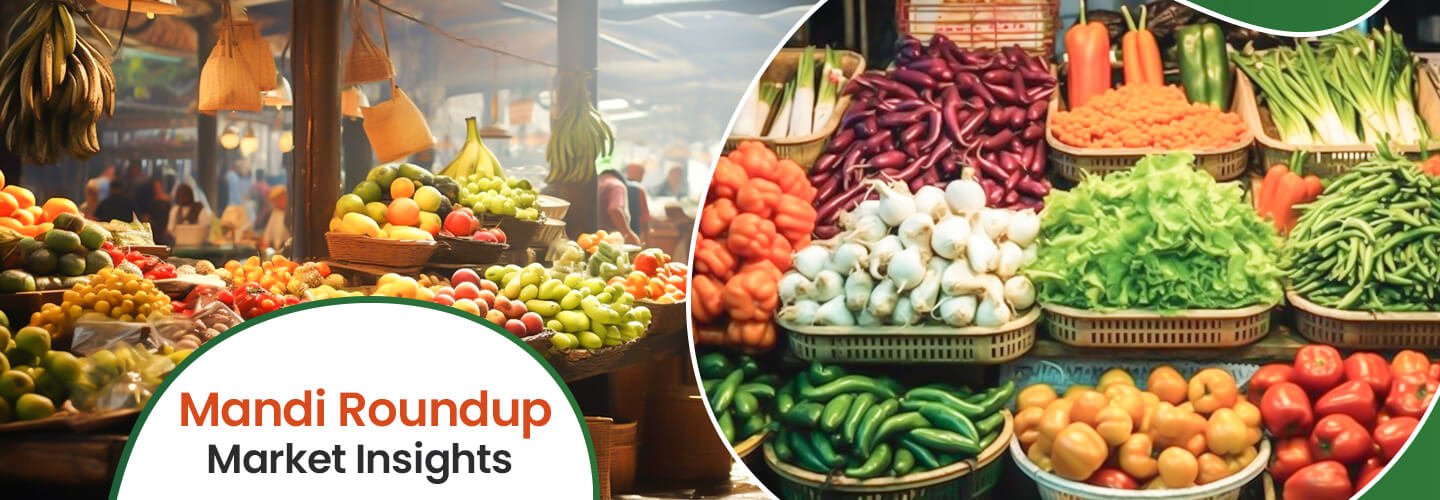Daily Mandi Rates|Today Mandi Bhav Updates | khetivyapar
Daily Mandi Rates|Today Mandi Bhav Updates | khetivyapar
Blog Article
Agriculture is the backbone of India, and mandis (agricultural markets) play a crucial role in determining the economic health of farmers. For farmers and traders, staying updated with the latest mandi bhav (market prices) is essential for better planning and decision-making. This blog provides an in-depth guide to daily mandi rates, their importance, and how to access today’s mandi bhav.

What Are Mandi Rates?
Mandi rates refer to the daily prices of agricultural commodities such as grains, fruits, vegetables, pulses, and oilseeds in local agricultural markets. These rates fluctuate daily, depending on factors like:
- Supply and Demand: High supply with low demand results in decreased prices, and vice versa.
- Seasonal Factors: Prices change depending on the harvest season or off-season of crops.
- Weather Conditions: Drought, floods, or unexpected rainfall can significantly impact rates.
- Government Policies: Schemes like Minimum Support Price (MSP) and import/export restrictions influence mandi prices.
- Global Market Trends: Commodities traded internationally affect local prices, such as oilseeds and spices.
Importance of Mandi Bhav for Farmers and Traders
- Profit Maximization: Knowing current mandi rates allows farmers to sell their produce at the best possible price.
- Cost Planning: Traders can plan procurement and transportation based on rate trends.
- Transparency in Trade: Updated prices ensure fairness in transactions.
- Market Awareness: Staying informed helps in making data-driven decisions, whether for local sales or exports.
- Government Support: Farmers can check whether MSP (Minimum Support Price) aligns with mandi rates.
Major Mandis in India and Their Commodity Specialties
India has several mandis known for specific commodities:
- Azadpur Mandi (Delhi): Famous for fruits and vegetables.
- Lasalgaon Mandi (Maharashtra): Known as the largest onion market in Asia.
- Unjha Mandi (Gujarat): A hub for spices like cumin and fennel.
- Nagpur Mandi (Maharashtra): Popular for oranges and cotton.
- Kota Mandi (Rajasthan): Known for coriander and oilseeds.
Each mandi sets its rates based on local supply, demand, and government regulations.
Top Agricultural Commodities and Current Trends
Here are some key commodities and factors influencing their prices:
1. Wheat and Rice
- India is one of the largest producers of wheat and rice.
- Factors: Export demand, government procurement, and monsoon rainfall.
2. Onions and Potatoes
- Essential kitchen staples with high seasonal volatility.
- Factors: Storage availability, weather conditions, and international trade.
3. Oilseeds (Mustard, Soybean, Groundnut)
- Oilseeds see fluctuating prices due to import dependency on edible oils like palm oil.
- Factors: Global crude oil prices and local cultivation trends.
4. Spices (Turmeric, Chili, Cumin)
- India is a major exporter of spices.
- Factors: Export demand, seasonal harvests, and international competition.
5. Fruits and Vegetables
- Perishable items experience high price variation due to shelf life and transport costs.
How to Check Today’s Mandi Bhav?
- Online Platforms: Websites and mobile apps like Agmarknet, Mandi Bhav Today, and other state agriculture portals provide real-time updates.
- Local News Channels: Regional news often reports mandi rates as part of their agricultural updates.
- SMS and WhatsApp Alerts: Some mandi committees send SMS or WhatsApp messages to farmers.
- Visit Mandis: For the most accurate rates, visiting the local mandi remains the best option.
Tips for Farmers to Get the Best Prices
- Stay Updated: Regularly monitor mandi rates and choose the right time to sell.
- Collaborate with FPOs: Farmer Producer Organizations (FPOs) help small farmers negotiate better prices collectively.
- Explore Nearby Mandis: Compare prices in nearby mandis to get higher returns.
- Store Smartly: Invest in proper storage facilities to avoid distress selling during low-price periods.
- Direct Sales: Selling directly to consumers or exporters can fetch better margins.
Government Initiatives to Support Farmers
The government plays an active role in stabilizing mandi rates through initiatives like:
- Minimum Support Price (MSP): Ensures farmers get a fair price for their produce.
- eNAM (National Agriculture Market): A digital platform connecting mandis across the country.
- Subsidies for Storage: Promoting warehousing infrastructure to help farmers store crops and sell during peak demand.
Challenges in Mandi Bhav System
- Price Manipulation: Middlemen often exploit farmers by manipulating prices.
- Lack of Awareness: Many farmers are unaware of real-time rates and rely on outdated information.
- Transport Costs: High logistics costs reduce profitability for farmers in remote areas.
- Perishable Nature of Produce: Lack of cold storage results in wastage and forces farmers to sell at lower prices.
Future of Mandi Bhav Monitoring
With the advent of technology, monitoring mandi bhav is becoming easier and more transparent. Artificial Intelligence (AI) and Big Data can help predict price trends, empowering farmers to make informed decisions. Moreover, digital platforms like eNAM and private apps are bridging the gap between farmers and buyers.
Conclusion
Daily mandi rates are a critical aspect of India’s agricultural economy, impacting the livelihoods of millions of farmers. Staying informed about today’s mandi bhav can empower farmers and traders to maximize profits while ensuring fair trade practices. Whether through online platforms, government schemes, or direct mandi visits, ensuring access to accurate and timely information is key to the success of India’s agricultural community. Report this page